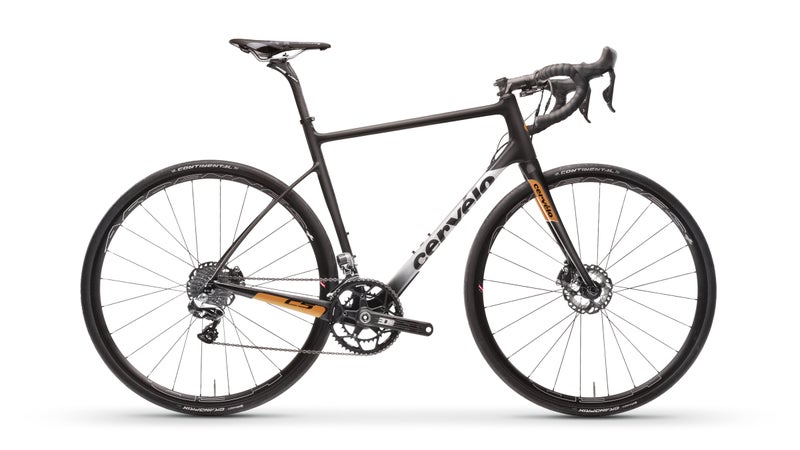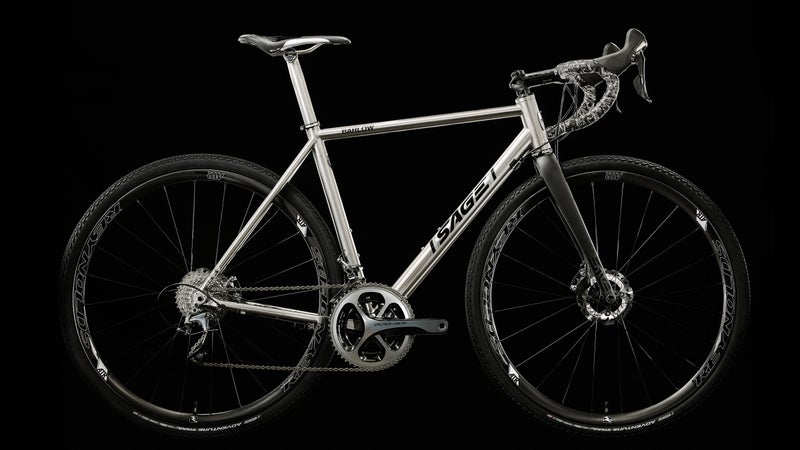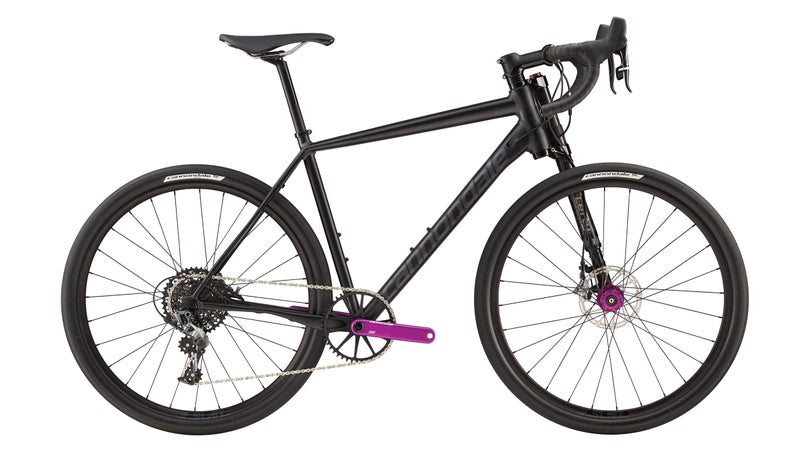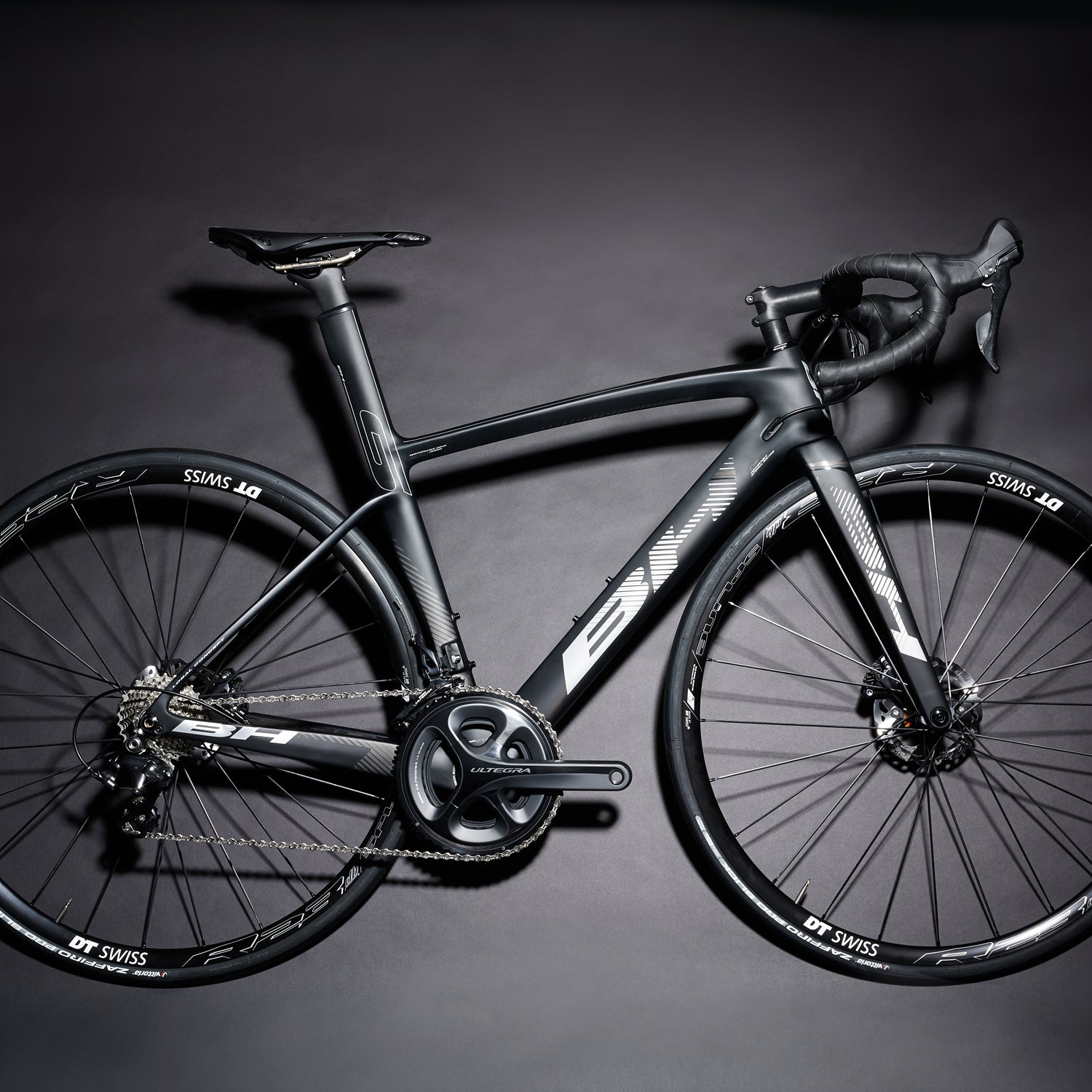Almost two decades have passed since hydraulic disc brakes came to mountain bikes, and the technology is now ubiquitous on dirt. So it wasnÔÇÖt a stretch to think that it would quickly make its way onto pavement as well, given the significant performance benefits over calipers. Discs take less force to decelerate, and because they offer greater stopping power and more refined braking, you can slow down later when cornering and feather the force for speedier descents. The migration took longer than it should┬áhave, though, in part due to┬átechnological hurdlesÔÇöamong them, integrating shifters and -hydraulics into the same mechanism on the handlebarsÔÇöbut also because of road cyclingÔÇÖs conservative culture. ÔÇťThere has been resistance to change from guys who have been riding a long time and feel like they know how bikes should be,ÔÇŁ says J.P. McCarthy, a product manager at . ÔÇťBut the first time they go downhill with good brakes, it will change their minds.ÔÇŁ
Indeed, the superior performance proved impossible to ignore. SRAM was the first to jump aboard, in 2013, followed shortly after by Shimano. Nearly half of the 33 road options we evaluated this year in ░┐│▄│┘▓§ż▒╗ň▒ÔÇÖs annual bike test had disc brakesÔÇöup from four a few years ago. And the UCI, cyclingÔÇÖs governing body, has approved disc┬ábrake testing on the pro tour in 2016. That means discs are finally appearing on high-performance steeds, not just the average JoeÔÇÖs comfort bike.
, the first aero race bike with disc brakes weÔÇÖve seen, is the most innovative model of 2016. Conventional wisdom once held that the large surface area of the rotor would create too much drag for race bikes, especially ones meant to cheat the wind. Testing proved otherwise. ÔÇťWe found that when tucked in properly, and with the cables routed through the frame, discs donÔÇÖt slow you down,ÔÇŁ says Gene DiMenna, brand manager at BH. ÔÇťYou can brake later and carry more speed through turns, making you faster overall.ÔÇŁ Our experience bore that outÔÇöthis bike felt like a missile. The foil-shaped tubes scythe through the air, the bottom bracket is stiff for superior power transfer, and a complete Shimano Ultegra component group adds excellent value. Our only quibble was with the wheels: we would have preferred a deep-section rim to reap the full aero benefits.
Also intriguing is the . Though itÔÇÖs┬áostensibly an endurance bikeÔÇöwith a tall headtube and slack geometry, a low bottom bracket for stability, and clearance for 30-millimeter tiresÔÇöthe whisper-light frame (a tick under two pounds) and top-of-the-line Shimano Di2 group set make it more capable than that moniker suggests. We admired its┬áincredible stability at speed and comfort on bumpy fire roads, benefits of those wide tires, but the C5┬áwas still light and quick enough to compete. And though itÔÇÖs not yet approved by the UCI, this bike would make a perfect cobbles machine for the likes of Paris-Roubaix.

The C5ÔÇÖs adaptability speaks to how disc roadies are starting to thrive off the tarmac as well. ÔÇťRoad biking is changing to a┬álot more multisurface riding,ÔÇŁ says Dave Lawrence, road manager for Shimano North America. ÔÇťGravel, dirt, forest roadsÔÇöpeople are trading in their old bikes for more versatile, disc-equipped models.ÔÇŁ
Case in point: the , a small-batch adventure bike that proves that titanium is the ultimate frame material for mixed surfaces. It pounded across slick rock domes and long passages of washboard while gobbling up┬ávibration. ÔÇťCan a bike really be this smooth on dirt?ÔÇŁ raved one of our testers. The geometry is long and low, which made for comfortable all-day cruising and locked-in descents. We were completely content on our favorite gravel┬áwheel and tire combo: Reynolds ATRs with tubeless Specialized Trigger 38s.

The award for most eccentric road bike of the year goes to┬áthe . The tubeless 42-millimeter Panaracer tires mounted to 650B wheels, and a 30-millimeter lefty suspension fork, read more like mountain┬ábike traits. ThereÔÇÖs even a SRAM Force 1×11 drive-train, which we worried wouldnÔÇÖt have enough gears for the road yet ended up working fine. But the drop bars confirm the SlateÔÇÖs road intent. Riding┬áon a 125-mile dirt and pavement loop in Vermont, we found ourselves dropping guys on lighter, stiffer, racier bikes all day longÔÇöespecially on descents,┬áwhere the Force disc brakes had us tearing around corners.

The Slate is an outlier, but┬áit underscores the morphing road environment. ÔÇťAre discs┬áthe future?ÔÇŁ asks Lawrence. ÔÇťAbsolutely.ÔÇŁ


